Glass has always been a popular choice in modern architecture and also makes for a great material of choice for automobiles, house panes, and workplace interiors and exteriors. Needless to say, almost every industry has benefited from glass products on account of their visual appeal, versatility, durability and style. Thanks to some modern advancements made over the last few decades, glass doesn’t just look visually and aesthetically pleasing but also ensures safety and privacy at the same time. Products such as toughened glass, tempered glass, and laminated glass comprise unbreakable properties while seamlessly blending both functionality and aesthetics and thereby have helped to make glass more adaptable and safe for all consumers. Toughened, tempered, and laminated glass is, of course, a form of “safety” glass So what is the difference between the three? Let us take a look.
Post your Requirement
What is Toughened Glass
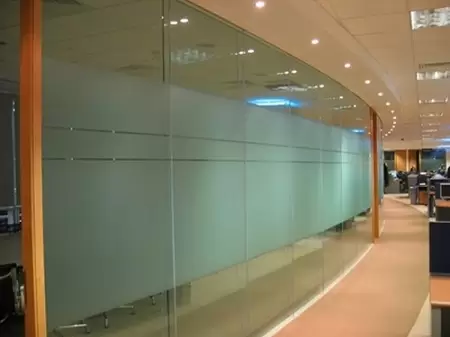
Toughened glass is glass that has been heated to very high temperatures, then cooled quickly, and is up to five times stronger than ordinary glass. This process makes it tougher which means that it has to be hit much harder in order to break and is up to 400% or 500% more resistant to heat and shock than standard ordinary glass. When it does break, this glass shatters into lots of small pieces which are far less dangerous thus making toughened glass an erstwhile choice for architectural glass doors and tables, safety glasses, automobiles, bus terminals, office partitions, etc., or wherever human safety is an issue. Toughened glass is, more often than not, used for private or public commercial buildings and offices where the footfall is high and where safety is of utmost priority.
Suggested: Different Types of Glasses Used At Home
Pros of Toughened Glass
- Offers the ultimate safety coverage. If broken, it will shatter into small pieces without sharp edges and crumble leaving no shards or splinters which facilitates easier cleanup.
- Toughened glass is physically and thermally stronger than standard glass and is popular for its safety, strength, and thermal resistance.
- As it’s a lot tougher to break, potential replacement costs are also likely to be greatly reduced.
What is Laminated Glass
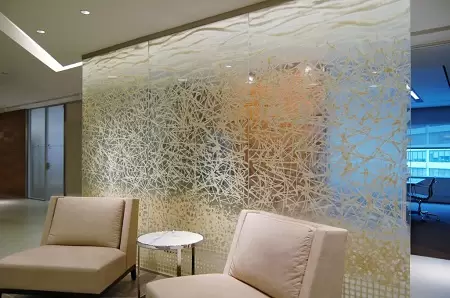
Laminated glass is produced by bonding two or more sheets of glass, sandwiched between a plastic interlayer PVB (“Polyvinyl Butyral”) or resin, which not only provides insulation but also prevents the glass from fragmenting when broken. In the event of glass breakage, it is held in place by the interlayer and produces a characteristic “spider web” cracking pattern which keeps the layers of glass bonded. Furthermore, owing to its high strength, it prevents the glass from shattering into sharp dangerous pieces. It’s the same glass you find in car windscreens, building facades shop fronts, or places where there is a higher possibility of human impact such as an office sliding door, walk-on floors, shower cubicles, etc.
Pros of Laminated Glass
- Laminated glass is often used for sound insulation because it dampens sound transmission.
- Can withstand drastic changes in temperatures.
- Tends to crack rather than smash thus providing all-around safety in a domestic or commercial environment.
- Laminated glass can act as a protective barrier against weather elements such as wind and rain.
What is Tempered Glass
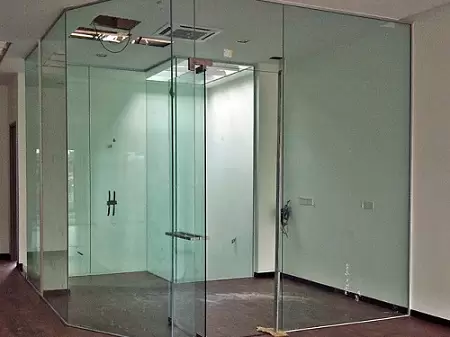
Tempered Glass and Toughened Glass are practically the same and the terms are used interchangeably. Extremely durable and often used for its safety features, Tempered glass is also made through a special process and is treated with heat or chemicals to increase its strength. A high-impact resistant glass, Tempered glass can be up to ten times stronger than regular glass and is widely used in many homes and commercial building projects.
Pros of Tempered glass
- Tempered glass is perfect for protecting you and your family from potential hazards as it not only absorbs impact but reduces the chances of any injury by shattering into small pieces.
- In the case of breakage, all one needs to do is simply sweep up the glass instead of having to carefully pick up sharp pieces.
- Tempered glass proves to be significantly cheaper compared to laminated glass.
Difference Between Tempered Glass And Toughened Glass: Explained!!
One of the major ways of distinguishing between these glasses is their manufacturing process. The cooling techniques are different even though they go through a comparable heating and cooling process. For example, toughened glass cools swiftly with the help of air blasts, while tempered glass cools seamlessly.
- Robustness And Durability: A glass that has been hardened or tempered demonstrates extraordinary strength, robustness, and longevity. However tempered glass is typically thought to be stronger, robust, and more resilient to outside influences. It is less likely to fracture or break when struck and can take stronger blows.
- Safety Features: Both toughened and tempered glass, each has a lot to offer from the perspective of safety. Tempered glass is less likely to cause harm when it breaks or fails because it splits into small, blunt bits. Moreover, glass that has been toughened fractures into small and granular pieces, reducing the risk of severe injury.
- Uses: Tempered glass is widely used in diverse industries, such as building, automotive, and home appliances. Shower doors, glass dividers, countertops, tables, and even smartphone screens are frequently covered in it. Conversely, toughened glass is preferred for uses requiring extraordinary impact resistance, such as storefronts, architectural glass salient features, and glass doors.
- Manufacturing Process: Tempered glass and toughened glass can seamlessly be distinguished by the methods used in their manufacturing process. Although the heating and cooling processes are comparable for both, the cooling techniques are different. Air blasts help toughened glass cool faster than tempered glass, which cools more evenly.
- Eco-Friendly: In the realm of construction and building materials, Tempered glass and toughened glass are just like eco-allies. Both contribute to sustainable building practices, with tempered glass emphasizing quick transformation for energy efficiency, while toughened glass displays meticulous craftsmanship for enduring eco-consciousness.



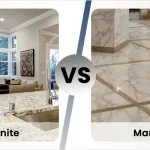

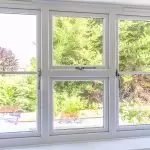

















Post A Comment